
By Benay Blend
This stance marks true solidarity, as opposed to the self-serving kind that privileges the best interests of internationals over those of Palestinians on the ground.
In “My Name is Herman Wallace,” included in the poetry collection I Remember My Name: Poetry by Samah Sabawi, Ramzy Baroud, and Jehan Bseio (edited by Vacy Vlazna, 2016), Palestinian journalist and writer Ramzy Baroud embraces many of the themes covered in this piece.
Because he believes that poetry “breaks away from the confines of geography, into a humanist realm” (p. 43), Baroud chooses this genre for it allows him to assume the many identities that are joined together in struggle.
As a “black Palestinian, / South African, / Vietnamese” (p. 62), he speaks in many languages and assumes many names, all involved in the same resistance in which places Palestine at the center.
Writing about the “flames that connect us all,” Ahmad Ibsais uses similar words that are as true today as they were in January 2025. As he watched wildfires in California fill the air with smoke, Ibsais explained that “the distances between these catastrophes collapse into a single, searing truth: these flames speak the same language of destruction – colonialism.”
In Los Angeles, the mayor had recently cut funds to its fire departments while California was sending $610,000 to Israel, funded through taxpayer money.
Whereas in “Israel,” since 1967, the entity has uprooted at least 2.5 million trees in the occupied territory, while simultaneously planting non-native European vegetation that has caused desertification, land degradation, and soil erosion, all of which make wildfires much more likely to occur.
What continues to burn in both countries are “symptoms of the same disease,” Ibsais concludes, “a system that values conquest over conservation, profit over people, expansion over existence.”
An internationalist, the late revolutionary journalist/writer Ghassan Kanafani believed that Palestine served as the focal point of anti-colonial struggle around the world. In The 1936-1939 Revolution in Palestine (1972), he wrote that “imperialism has laid its body over the world. . . Wherever you strike it, you damage it, and you serve the world revolution.”
From Los Angeles to Palestine, this continues to be the case. Writing again about this issue, Ahmad Ibsais finds a “troubling interconnectedness” between state-sponsored violence in Palestine and on American streets.
The common thread that he exposes is the use of overwhelming force to crush political dissent. In both cases—the interception of the Madleen crew followed by kidnapping of its volunteers along with Trump’s deployment of the National Guard to Los Angeles in order to quell dissent.
The two are entangled in more tangible ways than one. In an interview with Todd Miller, Jeff Halper, founder of Israelis Against Home Demolitions (ICAHD), explains that Israel’s niche is in population control, manifested by three academies training the US police along with producing other forms of surveillance and security apparatus.
Israel is also the place to go for border technology, a form of technology that is relevant today. Whether its robotics and biometrics or security and surveillance systems, notes Halper, Israel sells these tools on the open the market.
As for Gaza, it has served as a convenient laboratory for “Israel’s” weapons, except that now, as Halper claims, it is not an equal player in the field, but still a more formidable foe than Israel would have thought.
Recent raids by ICE in Los Angeles have also employed tactics borrowed from the “Israeli” playbook: military weaponry and the use of drones for airborne surveillance, the same strategies that Israel has used on Gaza.
What goes beyond the obvious, however, are the ways that some officials and certain segments of the solidarity movement itself tend to reinforce these authoritarian measures. By distancing themselves from groups that advocate for all forms of defiance and resistance, they criminalize participants who go beyond non-violent forms of protest.
For example, Aiyana Porter-Cash examines the rhetoric of “protection” that is embedded in political discourse relating to policing, incarceration, war and surveillance. Marketed as a means to ensure national security, this propaganda has been used to justify everything from “Israel’s” genocide in Gaza to the criminalization of black and brown communities, particularly when the latter includes recent immigrants.
At times, this language comes from the white moderate who admits there is a problem but condemns any means to get there that goes beyond non-violent. Using his X platform, Bernie Sanders recently invoked Martin Luther King to justify his rejection of any form of resistance not deemed respectable.
In doing so, his account revises history. In his 1963 “Letter from a Birmingham Jail,” addressed to counter a statement written by fellow clergy, King explains that protests are meant to disrupt the status quo; “the purpose of our direct action program is to create a situation so crisis packed that it will inevitably open the door to negotiation.”
Moreover, by this time he understood why the oppressed resort to violence. “A riot is the language of the unheard,” he said, while simultaneously calling out white moderates who “are more devoted to ‘order’ than to justice; who prefer a negative peace which is the absence of tension to a positive peace which is the presence of justice;” who agrees with the goal but not the “methods of direct action;” and finally, “who paternalistically believes he can set the timetable for another man’s freedom.”
All of these concerns are relevant to the solidarity movement today. Of particular interest is King’s rebuttal to those who blame the movement’s “actions, even though peaceful, must be condemned because they precipitate violence.”
This was certainly true during the Great Return March in 2018, when Palestinians in Gaza staged weekly demonstrations along the separation fence to signify their desire to return. They were met with bullets logged from Zionist snipers who created an entire generation of Palestinians who had lost a limb.
In response to the militarization of policing in Los Angeles, Black Alliance for Peace (BAP) issued a statement that reads “Oppression Breeds Resistance, Organization Sustains It.” Those resisting on the ground have also seen connections between the Palestinian resistance movement in Gaza, the Black Liberation Movement, and anti-colonial resistance against U.S. imperialism around the world.
Fostering solidarity between anti-colonial movements becomes all the more important during a crisis. As Natasha Lennard notes, it is more likely that centrists, sometimes including even those considered leftists, tend to blame the victims for their oppression, as if resisting persecution is the cause of violence, not a credible reaction to state-sponsored violence in all its many forms.
She goes on to mark the absurdity of drawing a line between “good protestor” / “bad protestor,” those that privilege “peaceful” demonstrations as opposed to those who believe that all forms of resistance are justified when the law is not considered just.
These designations become particularly insidious when certain groups are sanctioned by their respective governments who want to isolate certain segments, thereby obstructing Palestinian organizing in the homeland and abroad.
For example, in recent days, the US Treasury has used the term “Specially Designated Global Terrorists” (SDGT) to attack various wings of the liberation movement, including Addameer Prisoner Support and Human Rights Association and five other charitable organizations supporting the financial and economic needs of the Palestinian people.
On Oct. 15, 2024, Samidoun Palestinian Prisoner Solidarity Network, along with Palestinian writer and activist Khaled Barakat, member of the Executive Committee of the Masar Badil: Palestinian Alternative Revolutionary Path Movement, underwent similar designation.
In the same way that officials like Sanders denounce those who go beyond what he deems to be “respectability politics,” there are groups who follow a similar mode in their organizing.
From the Samidoun website, there is the following reply: “The response to ‘terrorist’ designations of any kind cannot be to isolate the designated organizations, warn movement organizations against ‘coordinating’ with them or refuse to speak about them.”
Because these “anti-terror” laws are meant not only to cause hardship to selected organizations, but also to “alter and direct the politics and priorities of the movement as a whole,” the statement adds that any response should be guided by “confronting the attempts to isolate the resistance and the prisoners by celebrating, normalizing and saluting the Palestinian people, their Resistance organizations, and the prisoners’ movement.”
This stance marks true solidarity, as opposed to the self-serving kind that privileges the best interests of internationals over those of Palestinians on the ground.
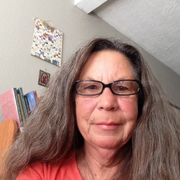
– Benay Blend earned her doctorate in American Studies from the University of New Mexico. Her scholarly works include Douglas Vakoch and Sam Mickey, Eds. (2017), “’Neither Homeland Nor Exile are Words’: ‘Situated Knowledge’ in the Works of Palestinian and Native American Writers”. She contributed this article to The Palestine Chronicle.
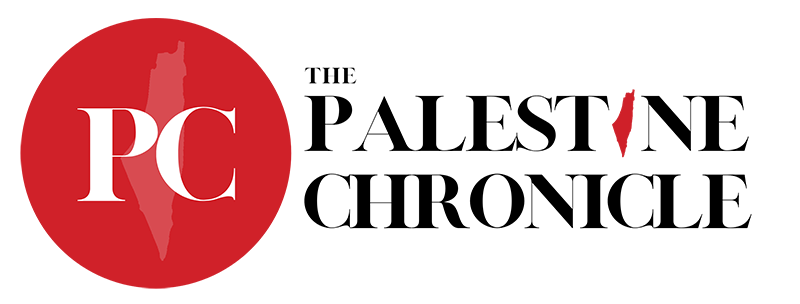
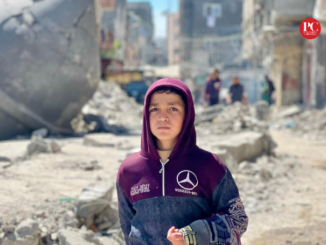
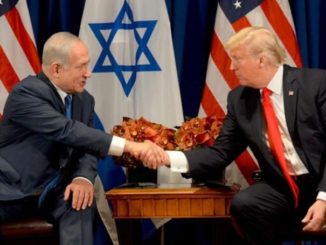

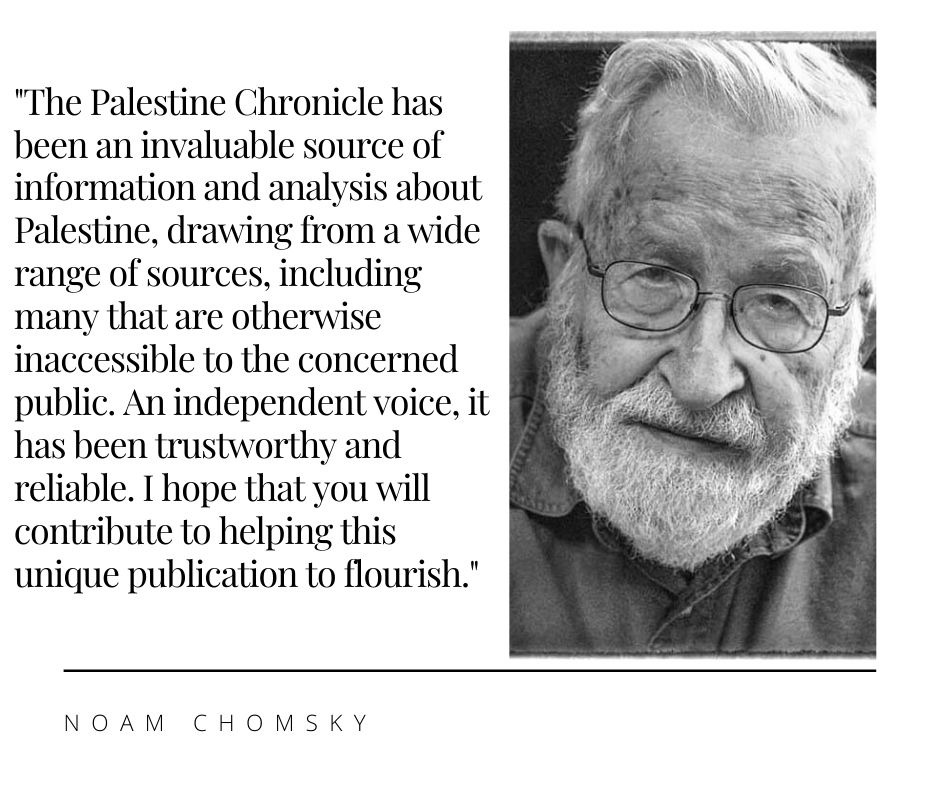
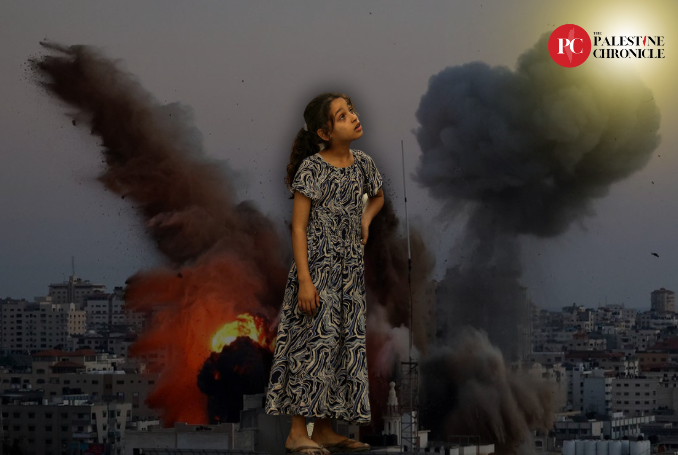

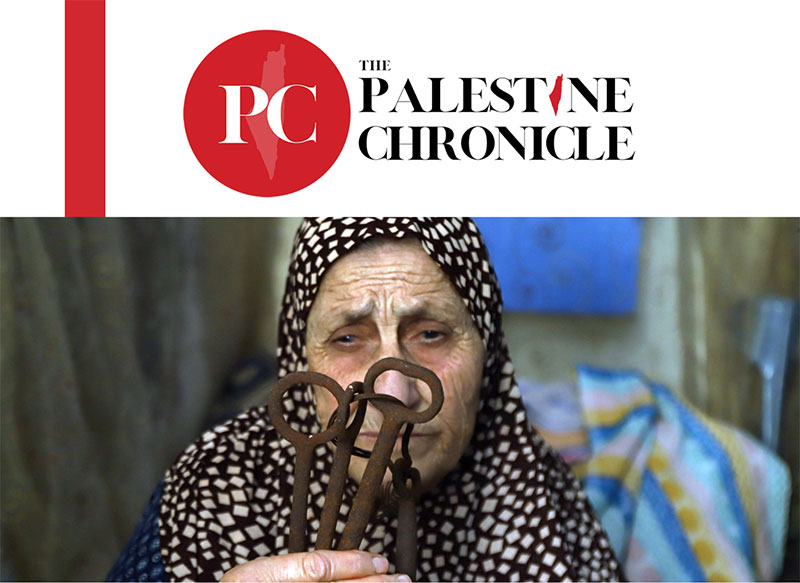
Be the first to comment